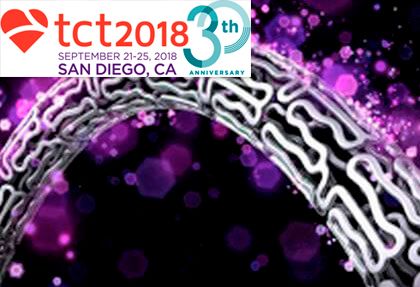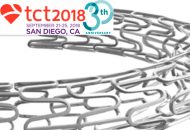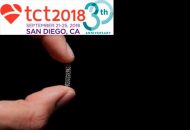Polymer persistence in 1st and 2nd generation DES meant to allow drug release has been associated with a chronic inflammatory response that might be associated to restenosis, neo atherosclerosis and stent thrombosis. This is the rationale behind the development of polymer free and bioresorbable polymer-based DES. They have both been compared against permanent polymer DES,…
TCT 2018 | LEADERS FREE II: Polymer-Free DES in Patients at High Risk for Bleeding with 1 Month of Antiplatelet Therapy
This study was aimed at gaining device registration from the US Food and Drug Administration (FDA) for a polymer-free biolimus A9 drug-coated stent (BioFreedom, Biosensors). The study had two purposes: on the one hand, it meant to reproduce the results of the LEADERS FREE trial (published in 2015) in terms of safety and efficacy with…
TCT 2018 | IMPERIAL: First Study Comparing Drug-Eluting Stents in Patients with Femoropopliteal Disease
The IMPERIAL trial compared the safety and efficacy of a nitinol self-expanding polymer-free placlitaxel-eluting stent (Zilver PTX, Cook Medical, already approved by the US Food and Drug Administration [FDA]) and a nitinol self-expanding polymer-coating placlitaxel-eluting stent (Eluvia, Boston Scientific). This was a single-blind randomized trial in patients with symptomatic intermittent claudication (Rutherford categories 2, 3, or…


